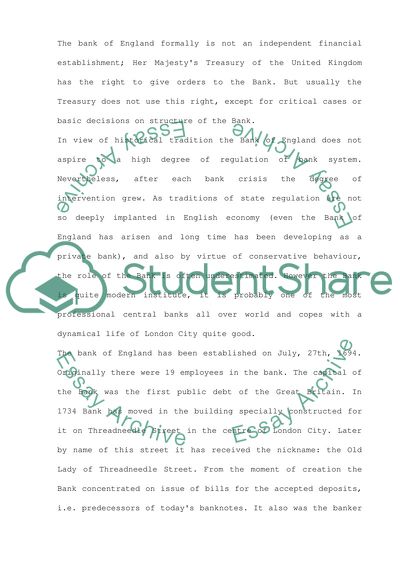Cite this document
(What Are the Main Functions of a Central Bank Assignment, n.d.)
What Are the Main Functions of a Central Bank Assignment. Retrieved from https://studentshare.org/finance-accounting/1714032-what-are-the-main-functions-of-a-central-bank
What Are the Main Functions of a Central Bank Assignment. Retrieved from https://studentshare.org/finance-accounting/1714032-what-are-the-main-functions-of-a-central-bank
(What Are the Main Functions of a Central Bank Assignment)
What Are the Main Functions of a Central Bank Assignment. https://studentshare.org/finance-accounting/1714032-what-are-the-main-functions-of-a-central-bank.
What Are the Main Functions of a Central Bank Assignment. https://studentshare.org/finance-accounting/1714032-what-are-the-main-functions-of-a-central-bank.
“What Are the Main Functions of a Central Bank Assignment”. https://studentshare.org/finance-accounting/1714032-what-are-the-main-functions-of-a-central-bank.


